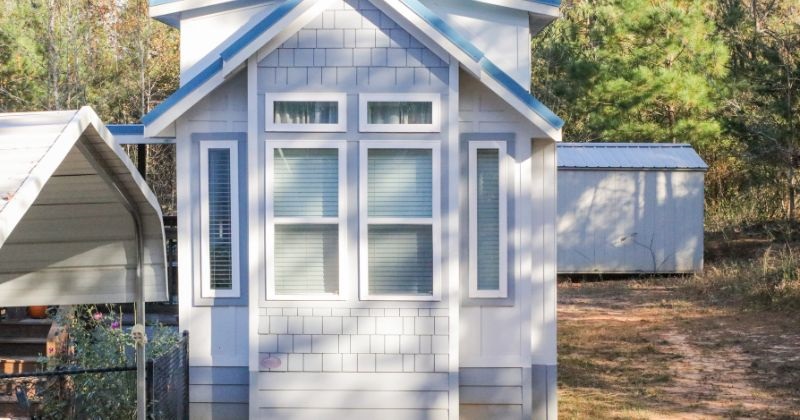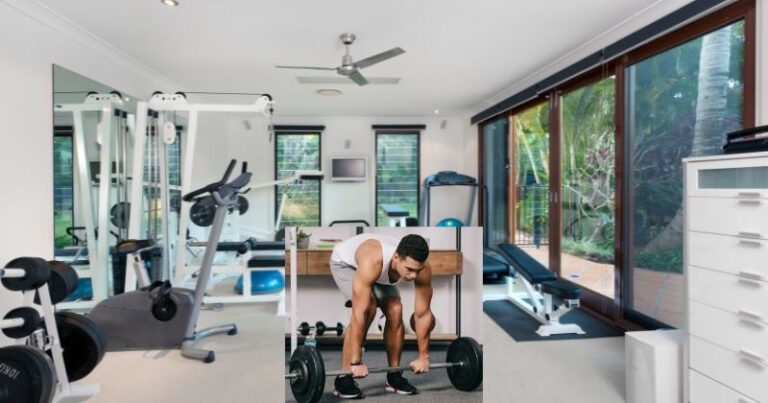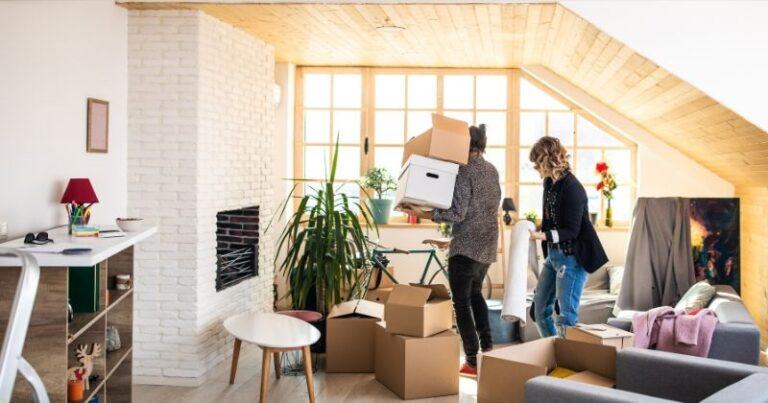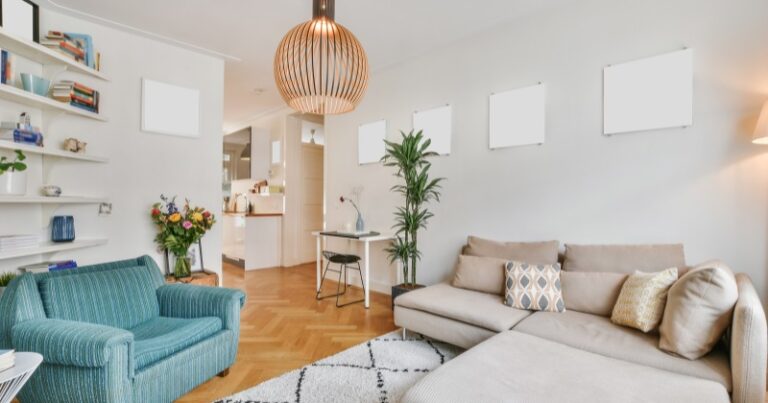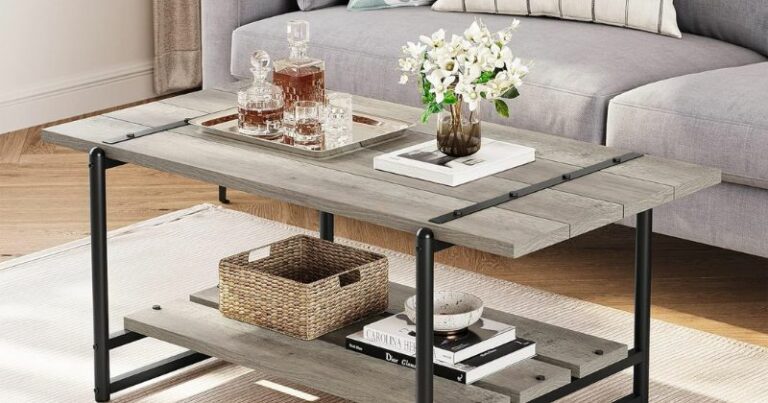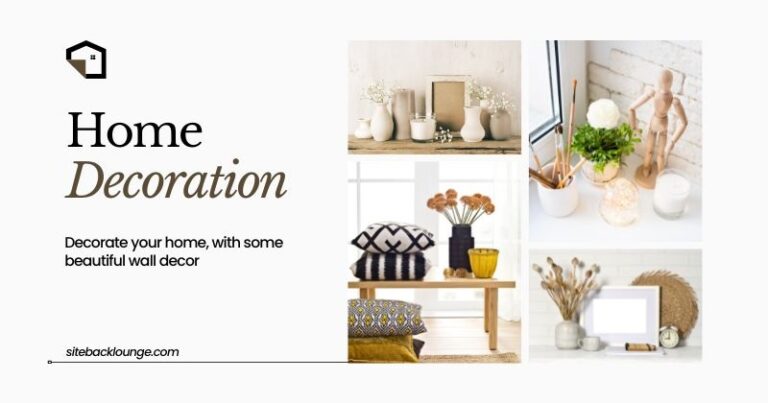Welcome to sitbacklounge.com, where we explore the world of furniture and home décor. In this article, I’ll delve into the fascinating realm of tiny living homes and discuss their pros and cons. Tiny living homes, also known as tiny houses or micro-homes, have gained significant popularity in recent years due to their unique advantages and lifestyle possibilities. These homes may not be for everyone, but they are a choice for many others. Read on:
Pros of Tiny Living Homes
Affordability
When it comes to homeownership, affordability is a crucial factor. Tiny living homes offer a more budget-friendly alternative compared to traditional houses. The reduced construction and maintenance costs make them an attractive option for those seeking financial freedom. Moreover, tiny living homes come with lower utility bills and expenses, allowing homeowners to save money in the long run.
Minimalism and Simplified Lifestyle
Tiny living homes embrace the philosophy of minimalism, where less is more. By downsizing and decluttering, homeowners can cultivate a simplified lifestyle. With fewer possessions, there is a sense of liberation from materialistic pursuits, leading to reduced stress and increased mindfulness. Living in a tiny home encourages a focus on experiences and relationships rather than accumulating stuff.
This tiny living home is awesome!
Environmental Sustainability
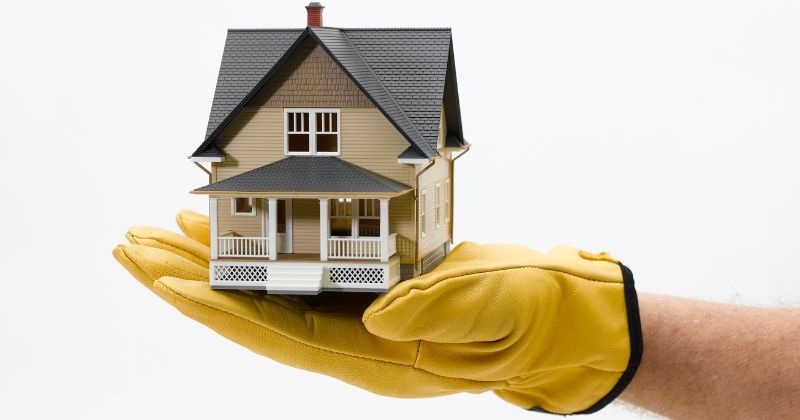
In today’s world, environmental consciousness is essential. Tiny living homes are eco-friendly choices due to their small size and energy-efficient design. The reduced carbon footprint contributes to a greener future. Many tiny homes incorporate sustainable features such as eco-friendly materials, energy-saving appliances, and renewable energy sources. Some even offer the possibility of off-grid living, allowing homeowners to be self-sufficient and rely on renewable resources.
Mobility and Flexibility
One of the unique aspects of tiny living homes is their mobility. These homes are often built on wheels or designed for easy relocation. This mobility provides opportunities for those who desire a nomadic lifestyle or prefer the ability to move to different locations. Tiny homes offer flexibility, allowing homeowners to explore new environments, communities, and even travel while having the comfort of their own cozy space.
Creative and Efficient Design
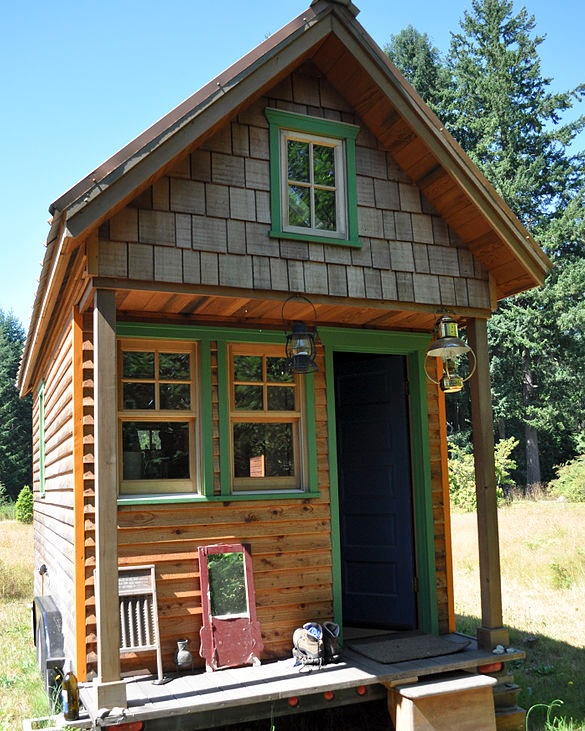
The design of tiny living homes is a masterclass in maximizing space. Architects and homeowners have embraced innovative solutions to create functional and efficient layouts. Clever use of space-saving techniques, such as loft beds, built-in storage, and multi-purpose furniture, allows every square inch to be utilized effectively. Customizable layouts cater to individual preferences and needs, ensuring that even a small home can be tailored to meet specific requirements.
Cons of Tiny Living Homes
Limited Space and Storage
While the limited space in tiny living homes is often seen as a positive aspect, it can also present challenges. Accommodating personal belongings and lifestyle requirements can be difficult in such a confined environment. Homeowners need to carefully consider what possessions are truly essential and find creative storage solutions. Regular decluttering becomes necessary to maintain an organized and functional living space.
Privacy and Personal Space
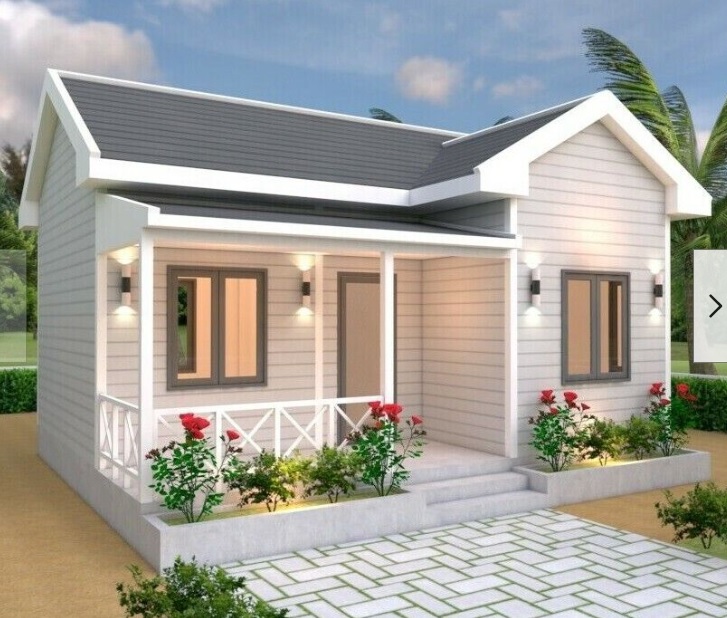
Living in a tiny home means sharing a small space with others, which can lead to a lack of privacy and personal space. Couples or individuals requiring solitude may find it challenging to achieve that sense of separation in a tiny living home. However, creative solutions like curtains, room dividers, or even separate nooks within the home can provide some level of privacy when needed.
Zoning and Regulatory Issues
Tiny living homes face various zoning and regulatory challenges. The legality of placing a tiny home on a specific property or within a certain jurisdiction can be complex. Many areas have regulations that limit the use of tiny homes, making it challenging to find suitable locations for placement or parking. Prospective tiny homeowners should research local laws and work closely with authorities to ensure compliance.
Limited Resale Value
Tiny living homes may face challenges in terms of resale value. The niche market for tiny homes can limit the pool of potential buyers, potentially affecting the ease of selling the property. Additionally, appraisals for tiny homes may be more challenging due to their unconventional nature. It’s important to consider the long-term implications and potential depreciation when investing in a tiny living home.
Adaptation and Lifestyle Adjustment
Transitioning to a tiny living home requires a significant adjustment in lifestyle and mindset. Moving from a larger space to a tiny home means adapting to a smaller living area. Individuals or families need to assess their comfort levels with downsizing and living in close quarters. Adjustments in daily routines and habits are necessary to maximize efficiency and ensure a comfortable living experience within the limited space.
How Tiny Homes are Made
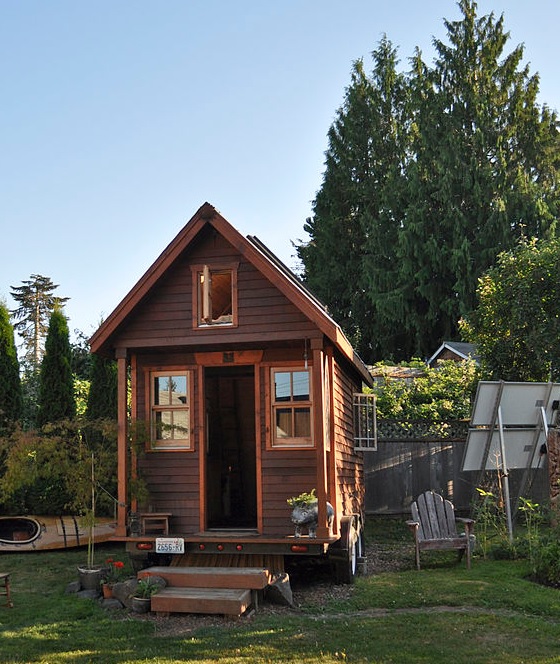
The rise of tiny homes has been a hot topic in recent years. These miniature abodes are often less than 500 square feet and come in a variety of creative designs. So, how are they made? While there are a few different approaches, most tiny homes are built on a trailer frame to allow for easy movement from place to place. The construction process is similar to that of a traditional home, including framing, electrical and plumbing work, and insulation.
However, due to the limited space, every square inch is carefully planned and utilized. Many tiny homes also utilize eco-friendly and sustainable materials, like reclaimed wood and solar panels. The result is a cozy and efficient living space that offers an alternative to traditional homes.
Tiny House Design Plans
Tiny houses have become increasingly popular in recent years, and for good reason. These homes are not only a more affordable option, but they also allow for a more minimalist lifestyle that can lead to less stress and a stronger connection to the environment.
However, designing a tiny house can be a daunting task. That’s why there are a variety of tiny house design plans available, each with their own unique features and layouts. These plans take into account every inch of space available and prioritize functionality without sacrificing style. With a well-designed plan, you can turn your tiny house dreams into a reality.
Frequently Asked Questions About Tiny Living Homes
Below, I’ll provide answers to three frequently asked questions to help you gain a better understanding of this unique housing option.
Are tiny living homes legally recognized and permitted in all areas?
The legality of tiny living homes varies depending on the specific location and local zoning regulations. While tiny homes have gained popularity, not all areas have clear guidelines for their construction and placement. It’s crucial to research and understand the zoning laws and building codes in your desired area. Consulting with local authorities and experts in the field will help ensure compliance with the necessary legal requirements.
Can a tiny living home accommodate a family or multiple occupants?
While tiny living homes are generally designed for individuals or couples, they can accommodate families or multiple occupants with careful planning. Customizable layouts, innovative storage solutions, and the utilization of multifunctional furniture can help maximize space and ensure everyone’s needs are met. However, it’s important to consider the unique challenges of shared living in a small space, such as privacy concerns and the need for open communication and compromise.
Can I have modern amenities and utilities in a tiny living home?
Yes! Despite their compact size, tiny living homes can incorporate modern amenities and utilities. Many tiny homes are equipped with electricity, running water, heating, and cooling systems. Innovative solutions like composting toilets, solar panels, and energy-efficient appliances can provide a comfortable and sustainable living experience. It’s essential to work with experienced professionals who specialize in tiny home construction to ensure proper installation and functionality of these amenities.
In Conclusion
Tiny living homes offer a unique and exciting way to embrace a simpler, more sustainable lifestyle. The pros, such as affordability, minimalism, environmental sustainability, mobility, and creative design, present compelling reasons to consider a tiny living home. However, it’s essential to acknowledge the challenges, including limited space and storage, privacy concerns, zoning issues, potential resale limitations, and the need for adaptation.
Ultimately, the decision to embrace the tiny home lifestyle should be based on personal preferences, needs, and the ability to adjust to living in a smaller space. Careful consideration of the pros and cons will help individuals make an informed decision that aligns with their values and goals.
Remember, the beauty of home décor lies in finding what truly brings you joy and contentment, whether it’s in a tiny living home or a more traditional setting. Happy living!
At sitbacklounge.com, we strive to provide valuable insights and guidance for all your furniture and home décor needs. For more helpful articles and resources, check out our sitemap, where you’ll find a wealth of information to enhance your living space and create the perfect ambiance for relaxation and comfort.
Remember, each tiny living home is unique, and customization options are available to meet your specific requirements and preferences. It’s always advisable to consult with professionals in the field and research local regulations to ensure a successful and enjoyable tiny home living experience. Please leave any comments below. Thanks for reading!
Disclaimer: The information provided in this article is for informational purposes only and should not be considered as professional advice. Readers are encouraged to consult with relevant experts for their specific circumstances and needs.

